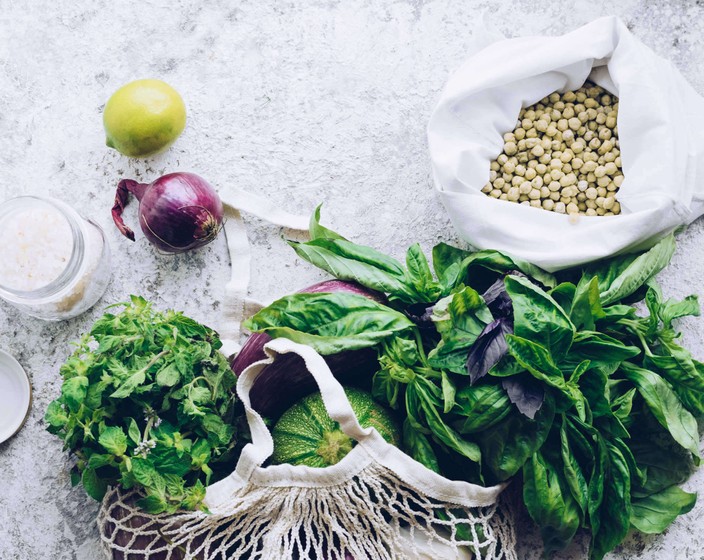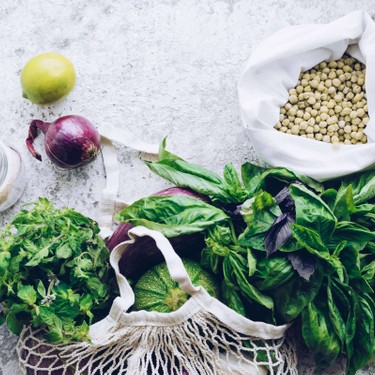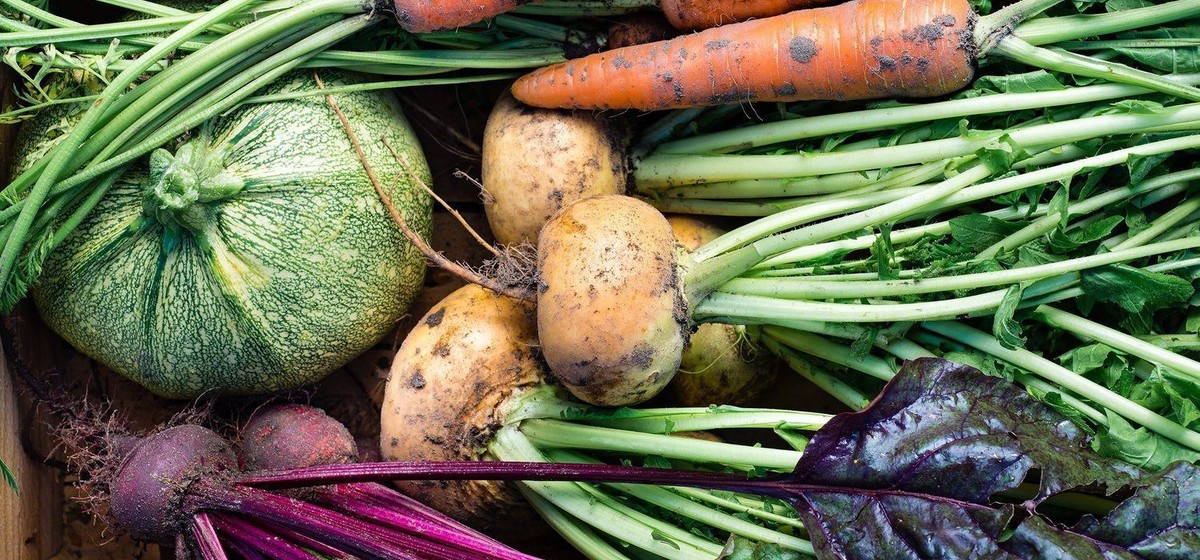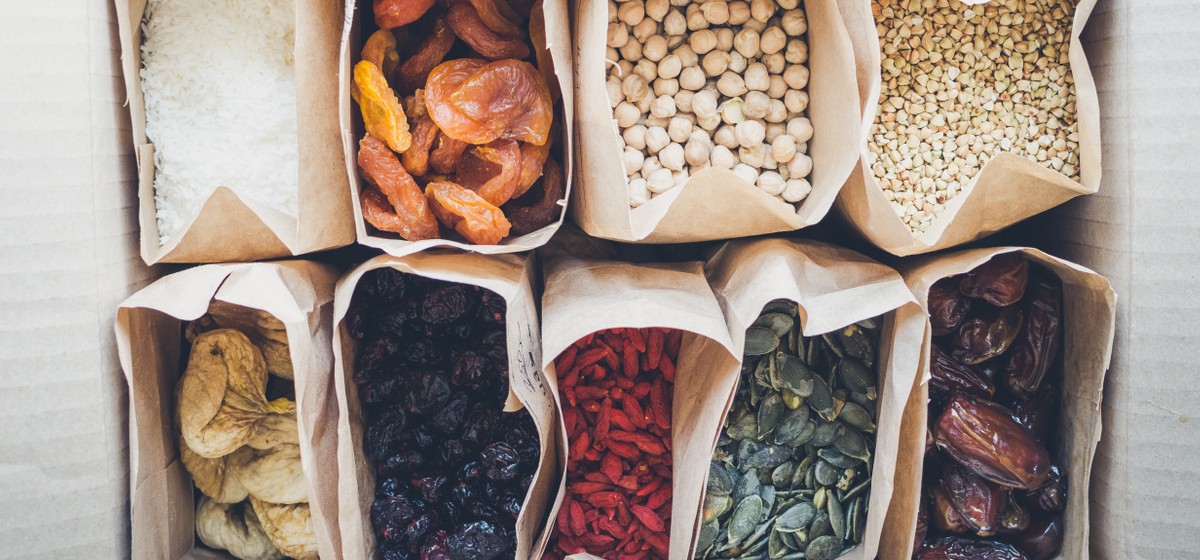A Farmer in France on Sustainable Food Habits, From the Ground Up




Now more than ever, consumers around the world have a rising awareness of our food supply. The coronavirus pandemic has caused many people to wonder: Will I have enough to eat? Will stores and markets stay open and stocked? Will there be fresh produce and meat? Resources many of us have long had the privilege of taking for granted are suddenly no longer a given.
For Helen Franklin, a British-born farmer in France’s Dordogne region, cultivating a sustainable food supply has always been top of mind. Some 16 years ago, she and her family relocated from Zimbabwe to a small town in Dordogne—a region of Southwest France located between the Loire Valley and Pyrenees mountains—to start a farm. Since then, she and her husband, Gavin, have run their eponymous Franklin Farm along with their three kids.
In the midst of the current crisis, the Franklins are adapting to constantly changing safety policies in order to distribute their products. Although some of the markets they regularly attend have closed, Franklin told the farm’s Facebook followers that they are still making deliveries, joking that shoppers don’t need to buy up the whole place because plants and animals don’t stop growing for a pandemic.
Franklin’s sense of humor and calm may reflect an equilibrium fostered by her vocation—but that’s not to say that high-stakes circumstances can’t have big consequences on farms. “Farmers have to plan for all eventualities and be able to change what they are doing in an instant to fit the weather,” Franklin told SideChef. “The general public tends to forget that farmers’ homes are their farms, and the loss of one can mean the loss of the other.”
In honor of Earth Day on April 22, we chatted with Franklin about the challenges climate change poses to farms like hers, how regenerative farming techniques can mitigate those issues, and practical tips for making your own food consumption process more eco-friendly.
Agriculture is directly affected by climate change, as everything you grow—animal or vegetable—is determined by where you are and what the weather is doing that year, season or moment. The [conditions and results] are inseparable. Climate change can impact the internal clocks of plants, so they fruit faster or mature more quickly, or not at all if there is no frost, which some fruits need to stimulate flowering.
Some seasons, there may be more of one product than another, resulting in fluctuating income depending on the climate. As consumers have become used to having everything they want whenever they want, at a certain price, it may push some to go elsewhere—like a supermarket that can shop worldwide—rather than support local businesses, who are working with nature’s ebbs and flows.

Our regenerative techniques have increased plant and animal diversity in the pastures, the fertility of the soil and production of grass and the health of our animals. We use chemical-free high-density rotational grazing techniques, meaning our sheep are moved daily to a new area of grass to graze. We use hay bales to feed our animals when grass in the fields is short, which often results in vigorous regrowth from the extra organic matter and manure.
The idea is to build and improve the soil so that it is more productive. Because of human activity, soils worldwide have become denuded and impoverished so they don't work properly. Soil that works properly improves the climate by sequestering carbon. The soil is a living entity and needs to be cared for. Functions and relationships between animal, plant, soil, sun and rain are only just beginning to be understood. It’s never too late to learn about it and it is good that we are, as it could be the answer to turning climate change around, and it is such a cheap and nutritious fix for the planet.

Buy local, as much as possible. All my produce comes from the local market, and all our meat is our own, or purchased from a neighbor who raises their own animals. I make our own soap using the fat from the pigs. If you can, know your local farmer and support them by buying their products. Take the time to read the labels in the supermarkets to find out where your food has come from and what’s in it. It’s a little time-consuming initially, but gets easier as you learn. Learn about your area and what they have historically eaten and grown around you so you will know what is sustainable for your region.
Don't over-purchase. We don't have any food waste; if we do, we compost it or feed it to the chickens or dogs. I buy most of my food fresh, and when vegetables look sad, I make soup or stew. If we have an oversupply of things from the garden, I make jam, chutney, pickle or just preserve and sterilize in bottles for the winter.
Be resourceful in cooking. When I can, I make stock for soup with roasted meat bones. Bones are good for you, act as a natural thickener, and add flavor to stews and soups. We are currently using the waste bones from the butchery to feed seven dogs; the rest go to make bone char, which is burnt bone crushed up as a compost to improve the soil. I have a slow-cooker for making stew in bulk, which can be frozen into portions. The slow-cooker is also excellent for time management if you work late and can't be bothered to cook when you come in.
Don't be afraid of cooking. If you start with tasty ingredients, you usually end up with tasty food.
Don't be bullied into simply eating what the media may claim is good for you or the planet. They are often misguided and misinformed. Take responsibility for yourself, your health and your education.